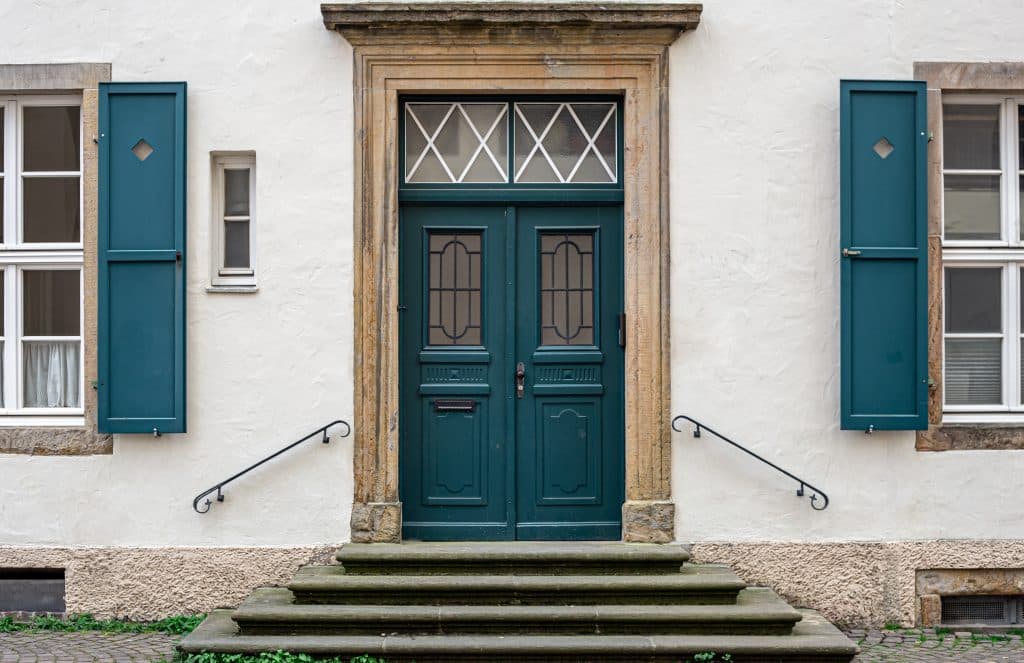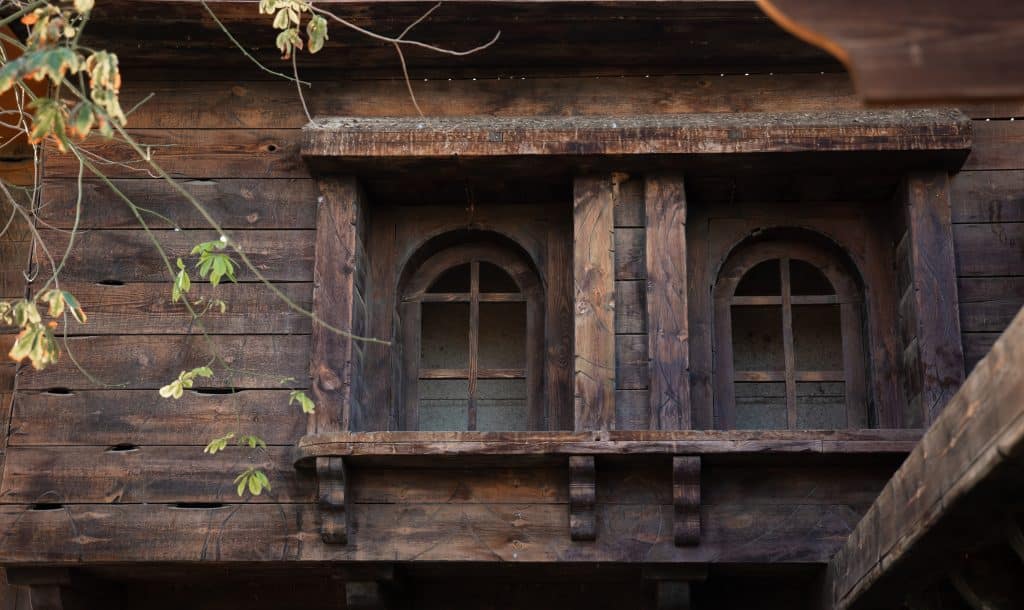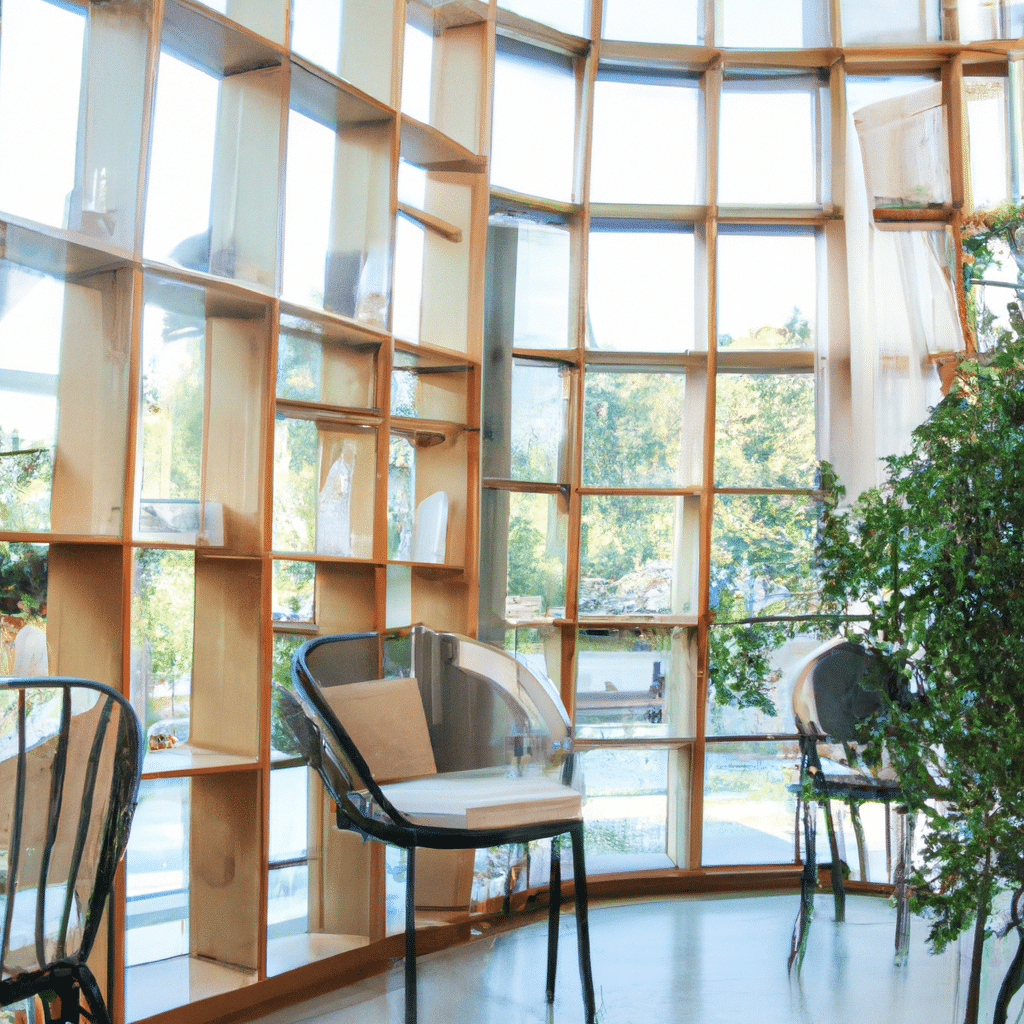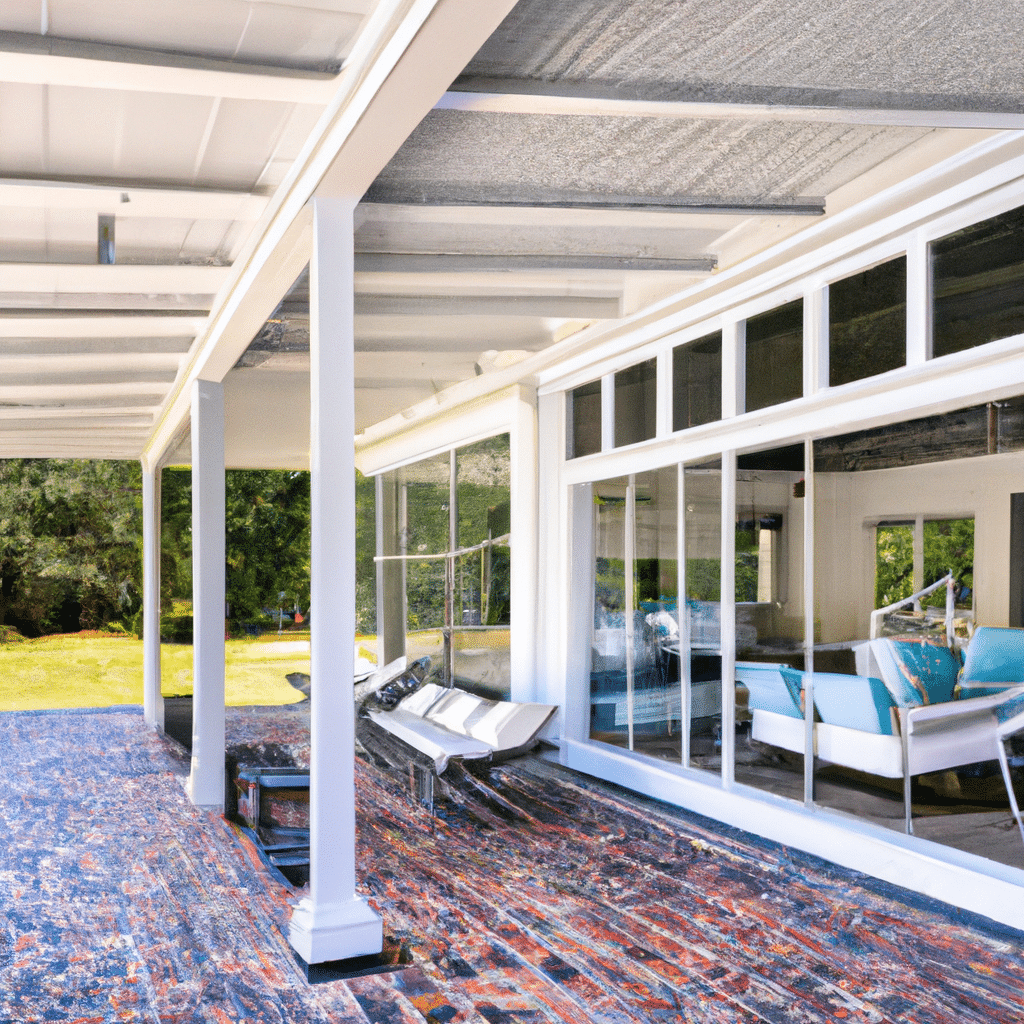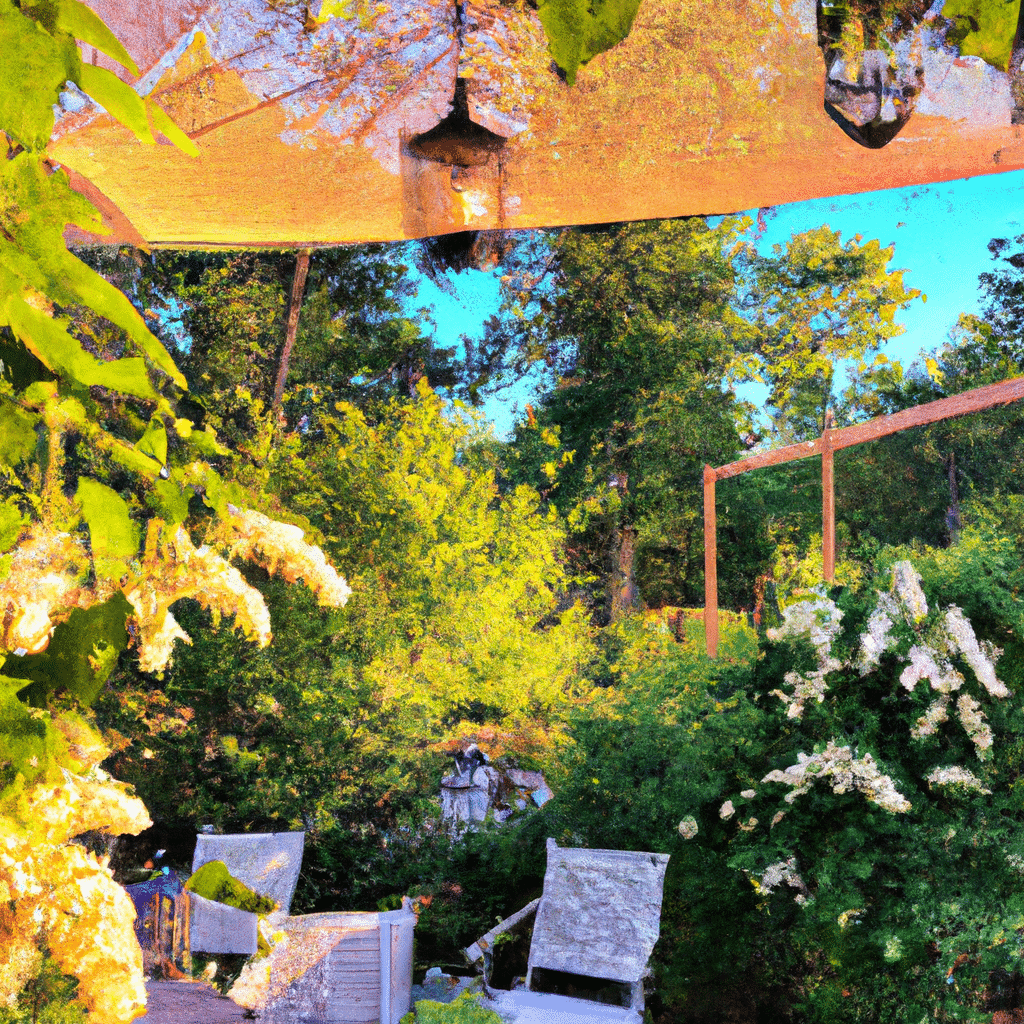In this article, we invite you on a journey through time, as we explore the captivating world of old-world architecture with a contemporary twist. From magnificent castles and palaces to charming cottages and townhouses, we will delve into the rich history and unique design elements that define these architectural marvels. Join us as we uncover the secrets behind their timeless beauty and discover how they continue to inspire modern-day architecture.
The Allure of Old-World Architecture
Old-world architecture holds a certain allure that transcends time. It evokes a sense of grandeur, elegance, and craftsmanship that can captivate anyone who appreciates the beauty of the past. From the intricate details of Gothic cathedrals to the symmetrical proportions of Renaissance palaces, each architectural style tells a story of its own.
Embracing the Contemporary Twist
While old-world architecture may be rooted in tradition, it doesn’t mean it cannot coexist harmoniously with contemporary elements. In fact, many architects and designers have successfully incorporated modern touches into historical structures, creating a seamless blend of the old and the new.
Preserving the Past
When embarking on a restoration or renovation project, the utmost care is taken to preserve the original features and character of the building. This includes meticulously restoring intricate carvings, ornate ceilings, and historic facades. By doing so, the essence of the past is maintained, ensuring that future generations can appreciate these architectural treasures.
Introducing Modern Elements
To breathe new life into old-world architecture, designers often introduce modern elements that complement the existing structure. This can range from contemporary furnishings and fixtures to innovative lighting solutions and technology integration. By striking the right balance between the old and the new, a sense of harmony is achieved, creating a unique and captivating space.
Adaptive Reuse: A Sustainable Approach
In recent years, there has been a growing movement towards adaptive reuse, which involves repurposing old buildings for new functions. This not only preserves the architectural heritage but also promotes sustainability by reducing the need for new construction. From converting historic warehouses into trendy lofts to transforming old churches into vibrant community spaces, adaptive reuse breathes new life into old-world architecture, ensuring its longevity for generations to come.
Exploring Architectural Styles
To fully appreciate the beauty of old-world architecture with a contemporary twist, let’s delve into some of the most iconic architectural styles and their unique features:
Gothic Revival
The Gothic Revival style, popularized in the 19th century, is known for its pointed arches, ribbed vaults, and decorative tracery. Today, contemporary adaptations of this style often incorporate sleek materials such as glass and steel, juxtaposing the traditional with the modern.
Renaissance Revival
Characterized by symmetry, proportion, and classical elements, Renaissance Revival architecture showcases the elegance and sophistication of the Renaissance period. Modern interpretations may introduce minimalist design elements, clean lines, and open floor plans, bringing a fresh perspective to this timeless style.
Victorian
Victorian architecture, prevalent during the reign of Queen Victoria in the 19th century, is renowned for its ornate details, vibrant colors, and eclectic mix of styles. Contemporary adaptations may retain the charm of the original design while introducing minimalist interiors, neutral color palettes, and sleek finishes, creating a more refined and contemporary aesthetic.
Colonial Revival
Inspired by the colonial architecture of the American colonies, Colonial Revival style exudes a sense of tradition and heritage. Contemporary interpretations often focus on preserving the historical exterior while incorporating modern amenities and open-plan layouts, catering to the needs of today’s homeowners.
The Influence of Old-World Architecture
Old-world architecture with a contemporary twist has not only influenced the design of individual buildings but has also shaped entire cities and neighborhoods. The incorporation of historical elements and the preservation of architectural heritage contribute to the cultural identity and sense of place.
By showcasing the beauty and adaptability of old-world architecture, we hope to inspire architects, designers, and homeowners to embrace the past while looking towards the future. Whether it’s restoring a historic building or incorporating old-world charm into a modern structure, the possibilities are endless.
In conclusion, rediscovering the past through old-world architecture with a contemporary twist offers a unique opportunity to blend tradition and innovation. By honoring the craftsmanship of the past and introducing modern elements, we can create spaces that are both timeless and relevant. Let us continue to celebrate the beauty of old-world architecture and ensure its legacy for generations to come.


